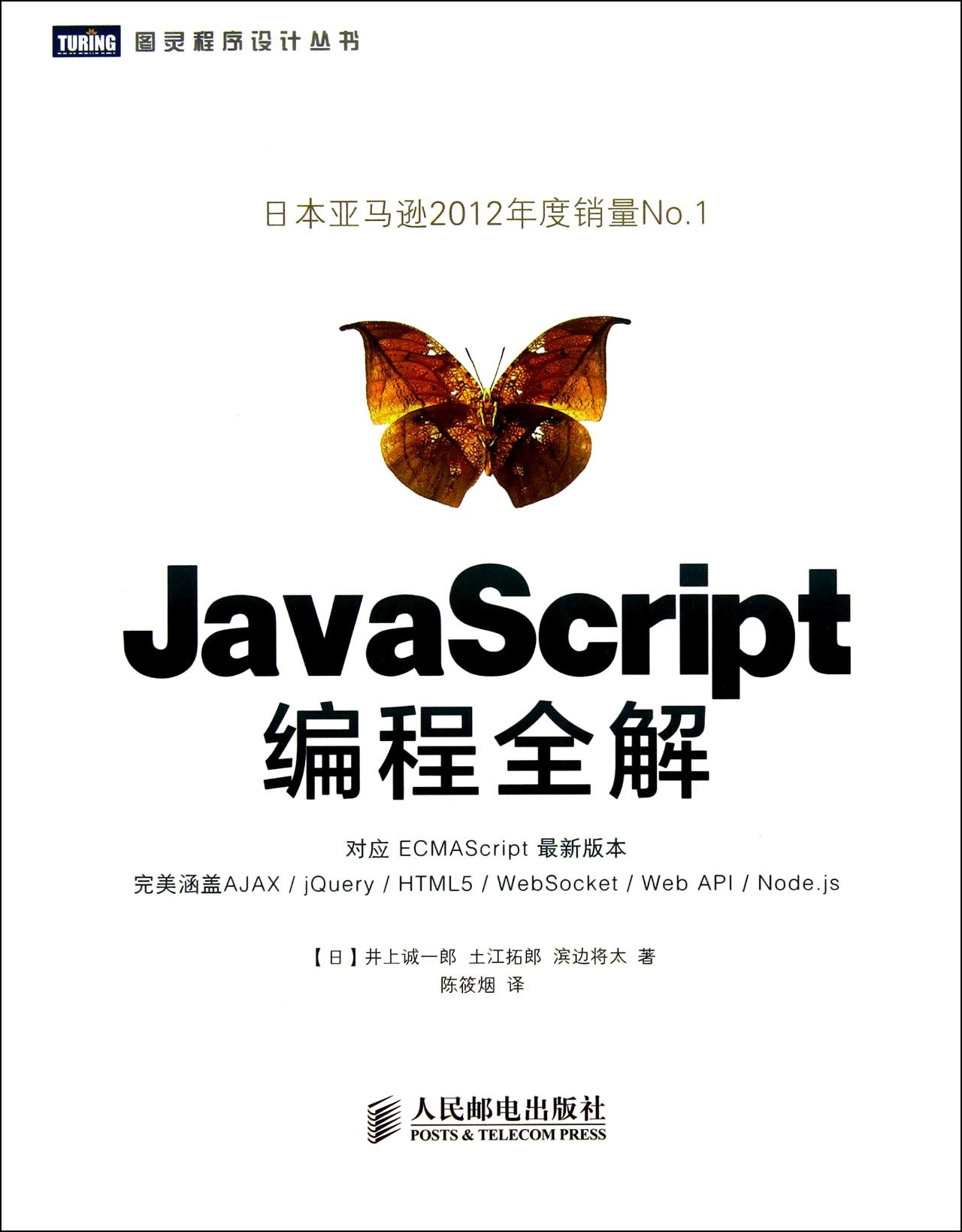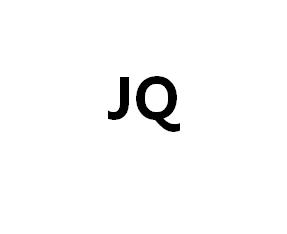
How to learn PHP array_fill() Definition and usage The array_fill() function fills an array with a given value. The returned array has number elements and the value is value. The returned array is numerically indexed, starting at the start position and increasing. If number is 0 or less than 0, an error occurs. Syntax array_fill(start,number,value) Parameter Description start required. A numeric value specifying the starting index of the key. number is required. Numeric value specifies the amount of padding, and its value must be greater than 0. value is required. Specifies the value to be inserted. Example output: Array ( [2] => Dog [3] => Dog [4] => Dog ) http://www.bkjia.com/PHPjc/834959.htmlwww.bkjia.comtruehttp://www .b
1. 10 recommended articles about the php end() function

##Introduction: How to learn PHP array_fill() Definition and usage The array_fill() function fills an array with a given value. The returned array has number elements and the value is value. The returned array is numerically indexed, starting at the start position and increasing. If number is 0 or less than 0, an error occurs. Syntax array_fill(start,number,value) Parameter Description start is required. ...
2. Detailed explanation of php end() function and current() function usage examples

Introduction: The end() function in PHP points the internal pointer of the array to the last element and returns the value of the element, while the current() function returns the current element in the array. (Unit is the first element of the array. One of these two functions returns the first element of the array, and the other returns the last element of the array. Let’s take a look at the usage of these two.
3. Differences in python function parameters

##. #4.
Use jQuery to sort the unordered list # #Introduction: This article describes how jQuery implements the sorting function of an unordered list. It is shared with everyone for your reference. The details are as follows: The principle of using jQuery to sort an unordered list is to obtain all the list items in the unordered list, and Convert it into an array form, use JavaScript functions to sort it and output it again. The jQuery functions used include ready(), get(), text(), each(), append() and Java
# #Introduction: This article describes how jQuery implements the sorting function of an unordered list. It is shared with everyone for your reference. The details are as follows: The principle of using jQuery to sort an unordered list is to obtain all the list items in the unordered list, and Convert it into an array form, use JavaScript functions to sort it and output it again. The jQuery functions used include ready(), get(), text(), each(), append() and Java
5. Detailed analysis of the use of HTML5 FormData object
##Introduction: XMLHttpRequest Level 2 adds a new interface - FormData. Using the FormData object, we can use JavaScript to simulate a series of form controls with some key-value pairs. We can also use the send() method of XMLHttpRequest to submit the form asynchronously. Compared with ordinary Ajax, the biggest advantage of using FormData is that we can upload binary files asynchronously 
6. Detailed explanation of how to add and delete elements to the select drop-down box in JavaScript.
Introduction: This article mainly introduces the JavaScript implementation of adding and deleting elements to the select drop-down box. Methods involving the append() and remove() methods in jQuery to dynamically operate form elements. Friends who need it can refer to 
7. Java Example - Connection String

Introduction: The following example demonstrates concatenating strings through the "+" operator and the StringBuffer.append() method, and compares their performance:

## Introduction: Remember the jq functions that have been used more recently. The addClass function is used to add the specified css style to each element matched by the current object. removeClass(). Otherwise, delete the added style. html() to get the first matching element in the collection. The HTML content sets the HTML content of each matching element. You cannot use val() to assign values to non-form elements. If you need to assign values, use text/html() to assign values. append() inserts parameters at the end of each matching element...
9. maison martin margiela phpmail class send mail function code
Introduction: maison martin margiela:maison martin margiela phpmail class send mail function code: Yes With the phpmail class, you don't have to worry. This is a class written by a foreigner, so we just "use it". The following is a function written based on the send() method in this class: Copy the code as follows: function send_mail ($title,$content,$from,$to,$charset='gbk',$attachment ='') { include '/class/PHPMail.c
##10.END of PHP multidimensional array php array function sequence - moves the internal pointer of the array to the last element and returns the value of the element
Introduction: PHP multi-dimensional array: PHP multi-dimensional array php array function sequence end - moves the internal pointer of the array to the last element and returns the value of the element: Definition and usage end The () function sets the array internal pointer to the last element and returns the value of that element (if successful). Syntax end(array) Parameter Description array Required. Specifies the array to use. The example copy code is as follows:[Related Q&A recommendations]:##javascript - How to dynamically make iframe adaptive height?
##javascript - nodejs res. Data in the send() callback function
javascript - When does the background actively return 404
javascript - Why do I use append() to insert code The js program inside is invalid?
##javascript - How to understand $.extend and $.fn.extend in jQuery?
The above is the detailed content of 10 recommended content for end(). For more information, please follow other related articles on the PHP Chinese website!




